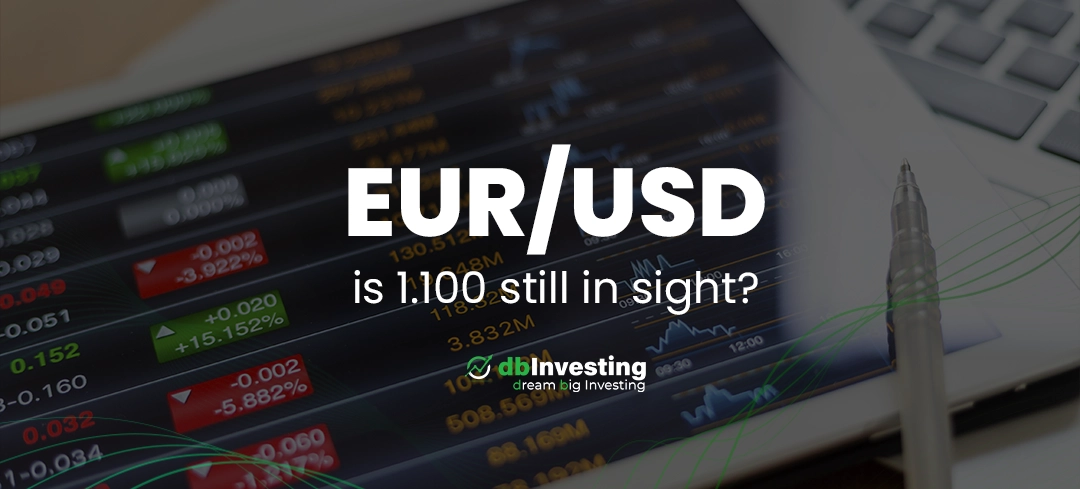Forex trading is a lucrative and exciting market, with enormous potential for profits and losses. With the potential for high volatility and leverage, forex traders must be prepared to manage their risks effectively to protect their capital and ensure long-term success.
This article will explore the importance of risk management in forex trading, including the essential strategies and techniques that traders can use to mitigate risks, including effective use of leverage, diversification, stop-loss orders, and risk-reward ratios.
Understanding Forex Trading Risks
Forex trading is associated with several inherent risks that traders must be aware of. Some of the significant risks associated with forex trading include:
- Volatility Risk: The foreign exchange market is highly volatile and can experience sudden and drastic price fluctuations. The high volatility can result in significant profits, but it also poses a substantial risk of losses.
- Leverage Risk: Forex trading typically involves the use of leverage, which magnifies the profits and losses. While leverage can enhance profits, it can also lead to significant losses if not used correctly.
- Market Risk: The forex market is affected by various macroeconomic factors, such as interest rates, political events, and global economic conditions. These external factors can lead to market volatility and fluctuations that can impact forex trading.
- Liquidity Risk: The forex market is massive, but it can be illiquid at times, especially during periods of high volatility. Traders must be prepared for potential liquidity issues that could affect their ability to execute trades.

Effective Risk Management Strategies in Forex Trading
Managing risks in forex trading is critical to the long-term success of traders. Here are some of the essential risk management strategies and techniques that forex traders can use to protect their capital:
- Use Leverage Wisely: While leverage can enhance profits, it can also amplify losses if not used wisely. Traders should limit their leverage and use it conservatively, ensuring that they have sufficient margin to sustain their trades.
- Diversify Your Portfolio: Diversification is a crucial risk management strategy in forex trading. Traders should spread their capital across multiple currency pairs and trading strategies to reduce the impact of any single loss.
- Set Stop-Loss Orders: A stop-loss order is a predetermined level at which a trader will exit a trade to limit their losses. Traders should set stop-loss orders for every trade and ensure that they are placed at an appropriate distance from the entry point.
- Calculate Risk-Reward Ratios: The risk-reward ratio is the ratio of potential profit to potential loss for a trade. Traders should calculate the risk-reward ratio for every trade and ensure that it is at least 1:2 or higher.
- Practice Proper Money Management: Money management is essential in forex trading. Traders should use appropriate position sizing, set realistic profit targets, and manage their risk exposure effectively.

Tools for Risk Management in Forex
Forex traders can use several tools to manage risks effectively. Here are some of the popular risk management tools used in forex trading:
- Trading Journal: A trading journal is a useful tool for analyzing trades, identifying patterns, and learning from mistakes. Traders can use a trading journal to review their trades, track their performance, and refine their trading strategies.
- Economic Calendar: The economic calendar is a critical tool for forex traders, providing information about upcoming economic events and news releases that can impact the forex market. Traders should be aware of the economic calendar and adjust their trading strategies accordingly.
- Technical Analysis: Technical analysis involves analyzing charts and indicators to identify patterns and trends in the market. Traders can use technical analysis to make informed trading decisions and manage risks effectively.
- Automated Trading Systems: Automated trading systems are computer programs that can execute trades automatically based on predefined rules and parameters. These systems can help traders manage risks more effectively by removing emotional biases and ensuring consistent trading.
- Risk Management Software: Risk management software can help traders analyze their trades, calculate risk-reward ratios, and manage their risk exposure more effectively. These software solutions can also provide real-time risk alerts and help traders adjust their strategies accordingly.
Conclusion
Effective risk management is essential in forex trading, where the potential for profits and losses is high. Traders must be aware of the risks associated with forex trading and use effective strategies and techniques to mitigate them.
Some of the essential risk management strategies in forex trading include using leverage wisely, diversifying your portfolio, setting stop-loss orders, calculating risk-reward ratios, and practicing proper money management. Forex traders can also use various tools such as trading journals, economic calendars, technical analysis, automated trading systems, and risk management software to manage risks more effectively.
By using these strategies and tools, forex traders can minimize their risks and increase their chances of long-term success in the market. However, it’s important to note that even with the best risk management strategies, there’s always a risk of loss in forex trading. Therefore, traders should always approach forex trading with caution, discipline, and a long-term perspective.



